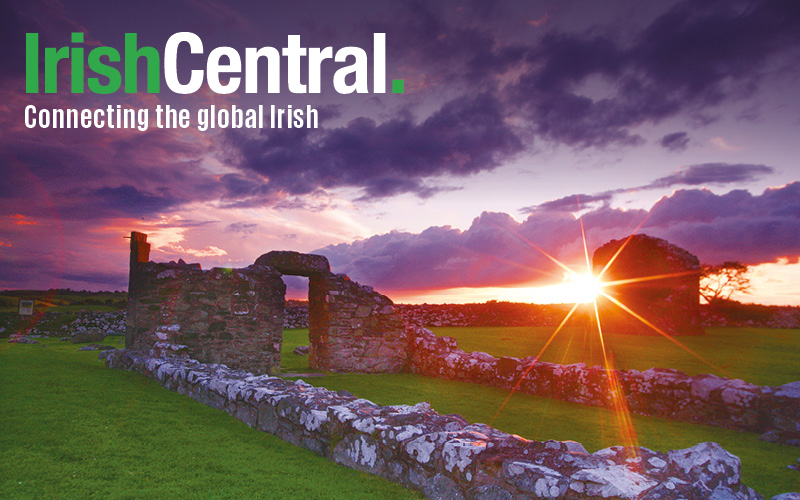"Can you imagine if certain other “foreign” groups did this outside of certain other houses of worship today?"
The Academy Awards just came and went, and Best Short Documentary was not exactly the sexiest race of the night. Still, I couldn’t help but think of one of those nominees when I came across this nugget from Rich Lowry in National Review magazine, as we stumble and bumble our way through a raging debate about immigration and assimilation.
“The old American ideal of the melting pot is that immigrants become wholly American (learning the language, embracing the folkways and traditions, becoming deeply patriotic), but also make a distinctive contribution to our national culture, which is organic and open to a variety of influences,” Lowry wrote.
One could quibble about how exactly you pull off the balancing act of becoming “wholly American” while also making a “distinctive contribution to our national culture.”
Read more: "St. Patty's Day" is common in the USA and we shouldn't be bullied out of it
One assumes Lowry has something like the Fifth Avenue St. Patrick’s Day parade in mind, with its impressive blend of red, white and blue as well as green, white and gold. But then Lowry quotes Michael Lind’s “brilliant 1995 book The Next American Nation,” which acknowledges the “common culture of the American nation is a unique blend of elements contributed by Algonquian Indians and Midwestern Quakers and black Americans and Mexican mestizos and New England patricians. The national culture is not a white culture; black Americans have shaped it far more than the most numerous white immigrant group, German-Americans.” Maybe. Maybe not. But those oh-so-well-behaved Germans have had their moments.
Look no further than A Night at the Garden, seven chilling minutes of footage -- nominated for an Oscar -- from 1939 when the German American Bund organized a rally at Madison Square Garden attended by 20,000 or so proud Nazi sympathizers. Nazi Swastikas were everywhere, but give credit where credit is due. Yesterday’s immigrants really did know how to assimilate. Alongside all of the pro-Hitler iconography was a giant banner of George Washington.
This, after all, was billed as a “pro-American rally.” Rational folks can calmly compare and contrast yesterday’s immigrants and today’s immigrants.
But the myth that each and every one of the millions of “tired and poor” who strolled through Ellis Island 100 years ago was simply grateful to become American has to be taken off of the table. Yesterday’s immigrants presented far greater challenges to the status quo than today’s. They formed and joined unions -- many radical, some supporting violence -- that challenged the fundamental nature of capitalism.
Cities -- and poverty and crime -- changed dramatically. Most refused to bow to pressures to shed the religion of their homelands in profoundly Protestant America. If today’s anti-immigrant forces think America is changing too quickly, consider how rapidly it changed from 1900 to 1920. Author Mike Wallace noted in his book Greater Gotham that the number of Catholics in New York more than doubled, from about 400,000 to nearly a million, while the number of Jews rose from 161,000 to over 600,000.
Separate synagogues, hospitals, cemeteries and more were all established to serve these immigrants, who had no interest in existing “American” facilities. Then, of course, came all the churches.
Consider the aforementioned St. Patrick’s Day parade. Every year -- even with all that has gone on with the Catholic Church in recent decades -- a traditional high point is passing St. Patrick’s Cathedral, and recognizing “His Eminence,” New York’s archbishop and cardinal, hand-selected by the pope in Rome.
Can you imagine if certain other “foreign” groups did this outside of certain other houses of worship today?
There is a temptation to say that Irish Catholics have proven their loyalty, which is all very much true -- because they have had the time to do so!
None of which is to suggest America’s current immigration system is perfect. Reform should be on the table. As long as we take all those myths about yesterday’s immigrants off the table.
Read more: Fun facts about St. Patrick's Day




Comments